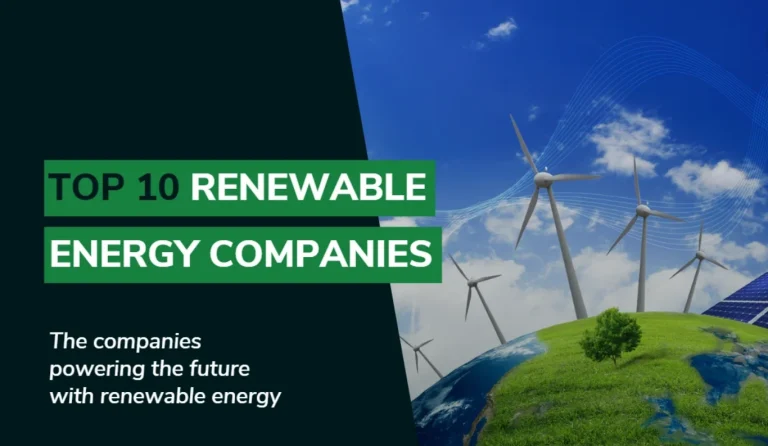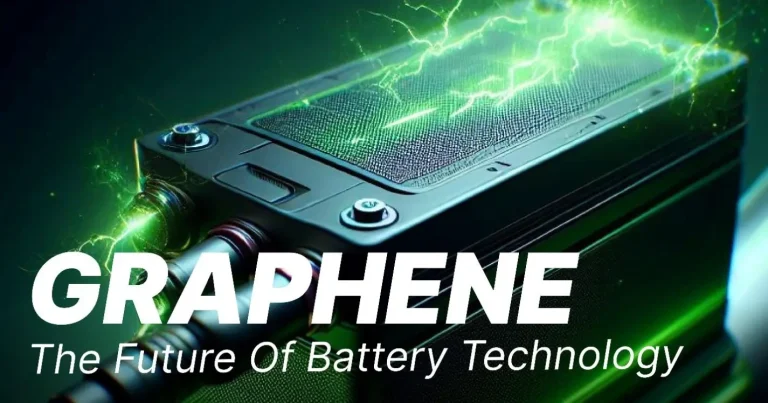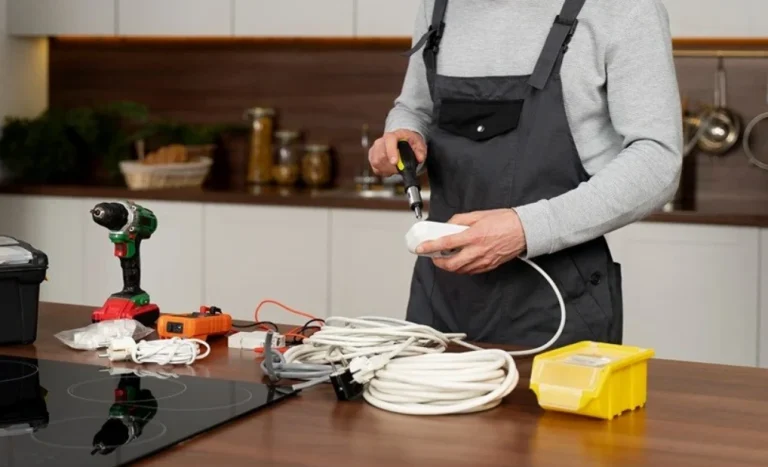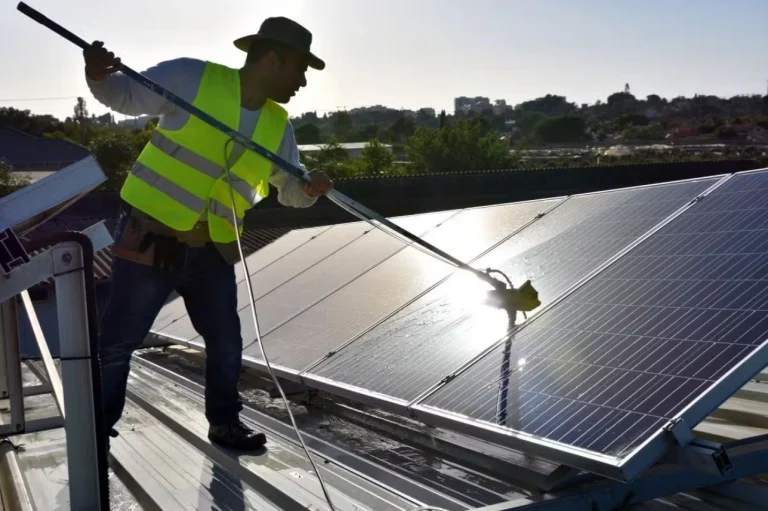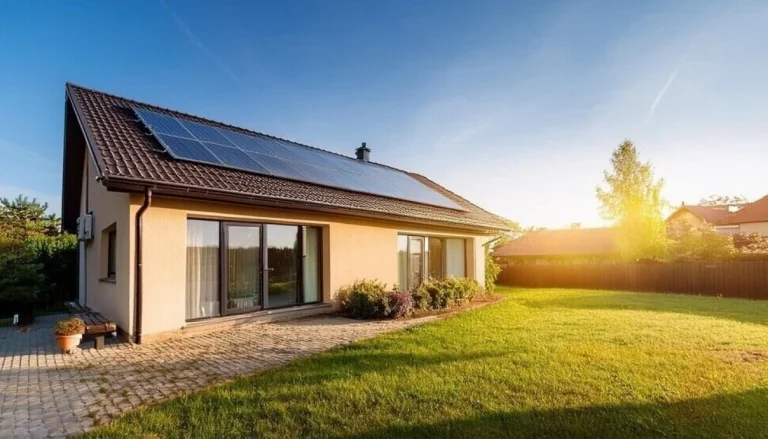AI-Driven Solar Technologies Boosting Renewable Efficiency
Sunlight filters through morning haze, glancing off a rooftop array that adjusts its tilt by degrees. Your home’s system hums, not with noise, but with quiet intelligence—AI algorithms predicting clouds, optimizing flows to batteries before shadows fall. Bills shrink. Outages barely register. AI-driven solar technologies make this seamless shift, embedding machine learning into panels, trackers, and grids to squeeze 25-35% more from every ray. For homeowners or small farms, this means reliable power that adapts, cutting costs $400 yearly while storing surplus for sales or storms.
Why embrace them? Basic setups waste 20% to mismatches; AI fine-tunes in real time, balancing loads across devices. A smart inverter diverts excess to EVs during peaks, easing grid strain. Benefits touch life: Lower stress from surges, eco-lifts with 1.5-ton CO2 drops per install, and apps that forecast usage for vacation modes. In variable winds, predictive models blend solar with storage, smoothing dips. Transition to edge computing, where panels process data onsite, dodging cloud lags for instant tweaks.
These aren’t distant dreams. Neural networks spot dust on cells, cueing rinses via drones. Swarm trackers coordinate like birds, maximizing collective yield. Ideal for sun-rich spots with smart homes; foggy coasts pair with hybrids. Skip if tech intimidates—manuals suffice. We traced evolutions from labs to lots, highlighting drivers that endure. From predictive analytics to self-healing materials, each reshapes harvest. Let’s map the minds powering tomorrow’s sun, where rays meet reason without waste.
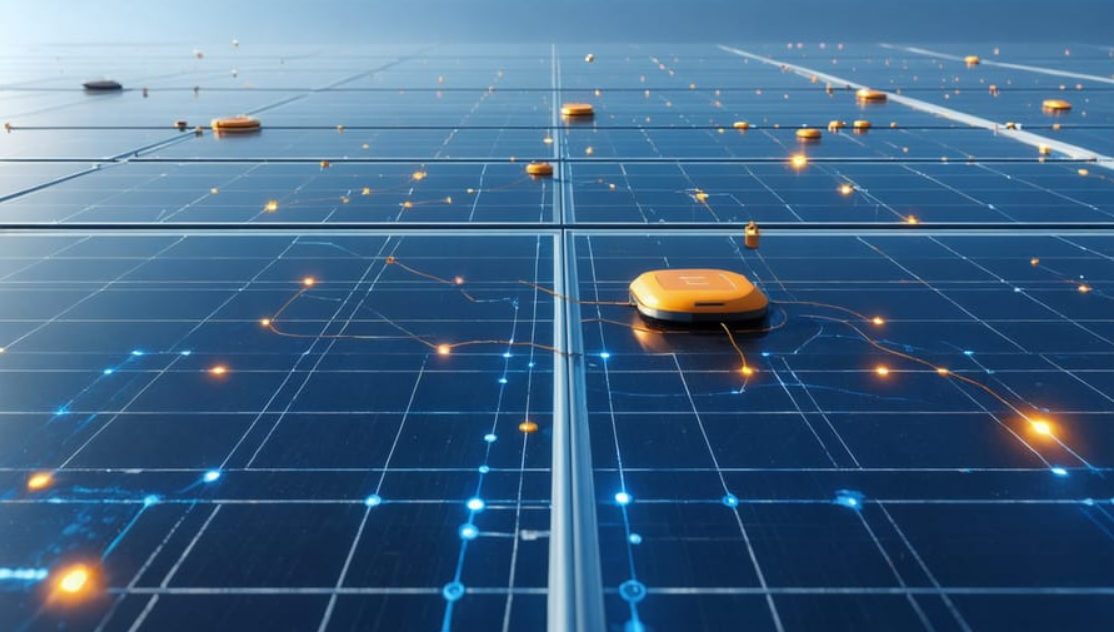
Predictive Power: AI Forecasting Yields and Loads
AI eyes the sky, pulling satellite feeds to predict output hours ahead. Algorithms like those in SolarEdge systems forecast 95% accurate, queuing batteries full before dips. A 5kW array then stores 80% excess, powering evenings without grid pulls. Homeowners in patchy weather shave peaks 30%, apps alerting “Charge now—storm in 2 hours.”
Transition to load balancing, where neural nets learn habits, diverting to high-draw like ACs during surplus. This cuts bills $250 yearly, inverters shifting seamlessly. For farms, swarm models coordinate fields, optimizing irrigation from stored sun.
Challenges include data needs—5GB monthly for clouds, but edge versions process local. Cost $100 add-on now. For users chasing consistency, this anticipates: Preps. Wastes less. Sun that plans.
Yield Prophets: Satellite-Driven Sky Scouts
Satellite AI scans clouds, tilting panels 5° optimal. Enphase apps predict 95%, boosting harvest 20%.
Local edge skips internet. $50 module integrates.
Con: Sat lag 5% remote; offline basic. Suits connected; isolated no.
Habit Harmonizers: Neural Net Load Learners
Nets study routines, queuing EVs 80% solar. Sense apps spot leaks, trimming 15% idle.
Privacy local opts. $80 hub, scales homes.
Minus: Learn curve 2 weeks; data 2GB monthly. Best families; solos skip.
Self-Healing Systems: Materials That Mend and Adapt
AI-embedded materials sense faults, rerouting power via smart polymers. Panels with conductive inks self-repair micro-cracks, retaining 98% output after hail. A system like IBM’s prototype mends in hours, drones inspecting for cues.
Transition to adaptive coatings, nano-layers shedding dust via vibration. This grabs 15% more light, apps triggering cleans. For coastal installs, salt-resistant films extend life 50%, cutting replaces.
Limits self-heal to 5% damage; big breaks need pros. Cost $200 premium per panel. For longevity seekers, this endures: Fixes fast. Dirts less. Sun that sustains.
Conductive Inks: Crack-Closing Circuits
Inks reroute 98% post-hail, AI spotting via sensors. IBM films mend 80% micro in sun.
Vibration cleans dust 15%. $150 panel add.
Con: 5% limit big; salt tests lag. Suits hails; calm no.
Nano-Shedders: Dust-Dodging Adaptive Layers
Nano-coats vibrate off grit, 15% yield lift. Apps cue based on sensors.
Hydrophobic repels rain 90%. $100 upgrade.
Minus: Wear 2% yearly; dry dust clogs. Best coasts; deserts skip.
Swarm Synergies: Coordinated Arrays for Collective Gains
Swarm AI links panels like flocks, each micro-controller adjusting for neighbors. This evens shade 25%, one leaf blocking less overall. A 10kW field then yields 20% more, inverters pooling data for global tweaks.
Transition to drone swarms, bots inspecting and cleaning in fleets. This spots 95% faults early, extending arrays 30%. For community solar, shared swarms cut costs 40%.
Drawbacks coord lag 2% big fields; $300 hub. For collectives, this unites: Shares smarts. Wastes none. Sun that swarms.
Micro-Controller Flocks: Shade-Sharing Panels
Flocks even 25% block, micro-AI per cell. 10kW fields 20% lift.
Local nets no-cloud. $200 array.
Con: Lag 2% large; hub $300. Suits fields; solos no.
Drone Fleets: Inspect and Clean Collectives
Drones spot 95% faults, clean 30% dust. Fleets cover 1 acre/hour.
AI paths optimize. $500 bot, scales 5.
Minus: Battery 4 hours; wind grounds 10%. Best farms; roofs skip.
Tech Trade-Offs: AI Solar’s Edges and Eases
AI trends tilt smart, but tally turns.
Predictive Forecasting:
- Edges: 95% accuracy queues 30%; edge local no-lag; $50 add affordable.
- Eases: 5GB data monthly; remote 5% off; offline basic.
Self-Healing Materials:
- Edges: 98% post-hail reroute; nano 15% dust lift; $200 premium lasts.
- Eases: 5% damage cap; salt lag tests; wear 2% yearly.
Swarm Coordination:
- Edges: 25% shade even; drone 95% spot; $300 hub scales.
- Eases: 2% coord lag; wind grounds 10%; big fields hub heavy.
Adaptive Coatings:
- Edges: Vibration 15% grab; hydrophobic 90% rain; $100 upgrade.
- Eases: Dry clogs 5%; yearly 2% wear; coasts best.
Match your meadow: Predictive for patchy, swarms for shared. All boost 25%, but data diets first.
Trend Tickets: Lowest Tags and Savvy Sources
AI solar dips quarterly. Predictive apps $50 beta. Self-heal panels $200. Swarm hubs $300. Drone kits $500. Nano coats $100.
Amazon SolarEdge $50 ships. Maker sites betas $40. Trendhub.io aggregates $80. Tip: Grants 20% off; certs add value.
Gentle go: Check SolarEdge AI tools. Link our Renewable Trend Tracker. Vetted spots innovate. $150 median? Yields yield quick.
Solar Smarts: Safe Sparks, Seamless Syncs, and Hack Harvests
AI trends thrive tuned. Safety: UL 61730 certs heal-proof—inspect quarterly.
Syncs: CAN bus panels; apps mesh Alexa for queues.
Hacks: Angle micros 35° 20% lift. Clean nano weekly—grit 10% steal. Swarm apps tune 15% even.
Forecasts? Backup manuals. These lock 96% uptime. Shade heavy? Hybrids blend. Routines save $150 yearly.
Shift Sides: AI Solar vs. Manual, Kinetic, and Bio Boosts
Manual trackers $200 tilt hand, but AI 25% auto. Kinetic $30 motion, sun-tied lags.
Table tilt:
| Trend | Cost Low | Efficiency Lift | Adaptability | Eco Loop |
|---|---|---|---|---|
| AI Predictive | $50 | 30% | High | Data |
| Manual Tracker | $200 | 20% | Low | Full |
| Kinetic Boost | $30 | 10% | Medium | Bio |
| Bio Charge | $40 | 15% | Low | Compost |
| Inductive | $60 | 85% | High | Recycl |
Mixes: AI-kinetic for all. See Charging Shift Sides. AI wins wits; manual muscle.
Sun Synapse: Steering Toward AI Solar Supremacy
AI-driven trends synapse solar forward—intuitive, innovative, inclusive. Predictive plans paths; swarms share strengths. Steer if variability vexes, tech tempts. Steady suns? Manuals suffice.
Core course: Self-heal for sustain. Layer forecasts next. This synapse isn’t spark—it’s surge. Steer Green Tech Trails soon. Rays reason, power pulses.
FAQ: AI Solar Sparks Settled
How does AI predict cloud impacts accurately?
Sat feeds 95% scout, queuing 30% before dips—edge local skips lag.
Self-heal materials fix hail damage fast?
80% micro in hours, sensors spot—nano coats dust too 15%.
Swarm setups worth hub costs?
25% even shade, $300 scales 100—fields flourish, solos save.
Organic trends compost without toxins?
Halide-free yes, 6 months soil—zero landfill legacy.
Pair AI with off-grid batteries?
Syncs 90% seamless, forecasts store 20% more—hybrids hum.

